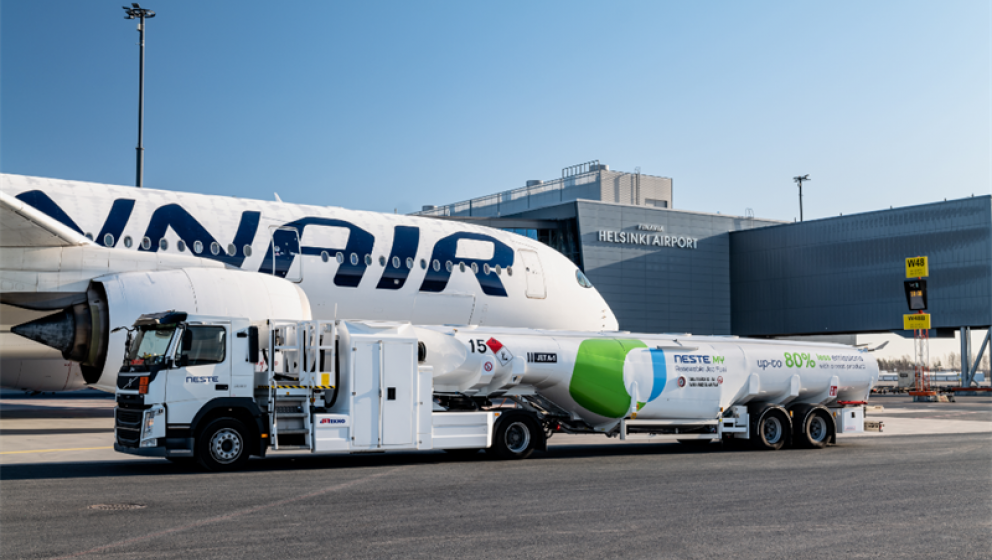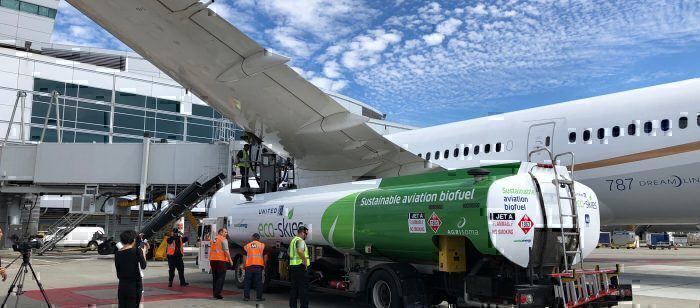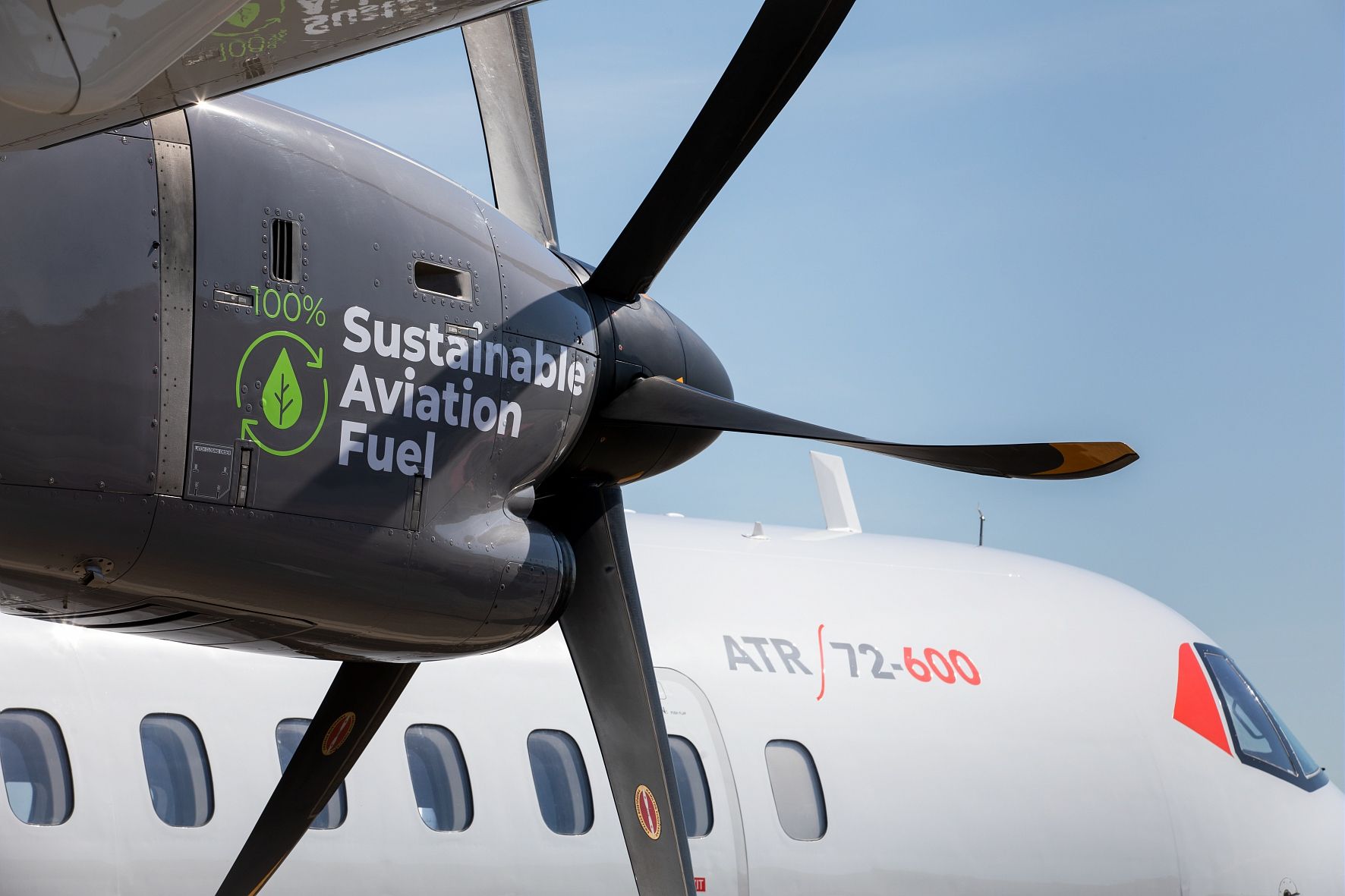Summary
- More SAF production is needed but the opportunities are growing.
- Airlines need more SAF produced to meet the 5% CO2 emissions reduction goal for 2030.
It may have taken the commercial airline industry a little too long to catch on, but now sustainability and reaching new zero emissions by 2050 loom large in the sights of the CEOs attending IATA’s 80th Annual General Meeting and World Air Transport Summit in Dubai. Yesterday, IATA announced that while sustainable aviation fuel (SAF) production will triple in 2024, it will still be less than 1% of total aviation fuel usage.
Such a long way to go
The International Air Transport Association (IATA) reported that 2024 SAF production would reach 1.9 billion liters (1.5 million tonnes), which aligns with expectations but accounts for just 0.53% of aviation’s fuel requirements this year. SAF will provide around 65% of the mitigation needed for airlines to reach net zero carbon emissions by 2050, so while the growth is encouraging, there is still a long way to go.
Photo: San Francisco Airport
IATA also points out that sustainable aviation fuel is only one renewable fuel product and that increasing the overall production of renewable fuels is critical to increasing the potential for some of that to be turned into SAF. There are 140 renewable fuel projects capable of producing SAF, which are expected to be in operation by 2030 with the capacity to produce 51 million tonnes. As investor confidence increases, more will likely emerge.
The constraint is the availability of SAF. To reduce CO2 emissions by 5% by 2030, around 27% of all expected renewable fuel production capacity available in 2030 would need to be SAF. However, currently, SAF accounts for just 3% of renewable fuel production.
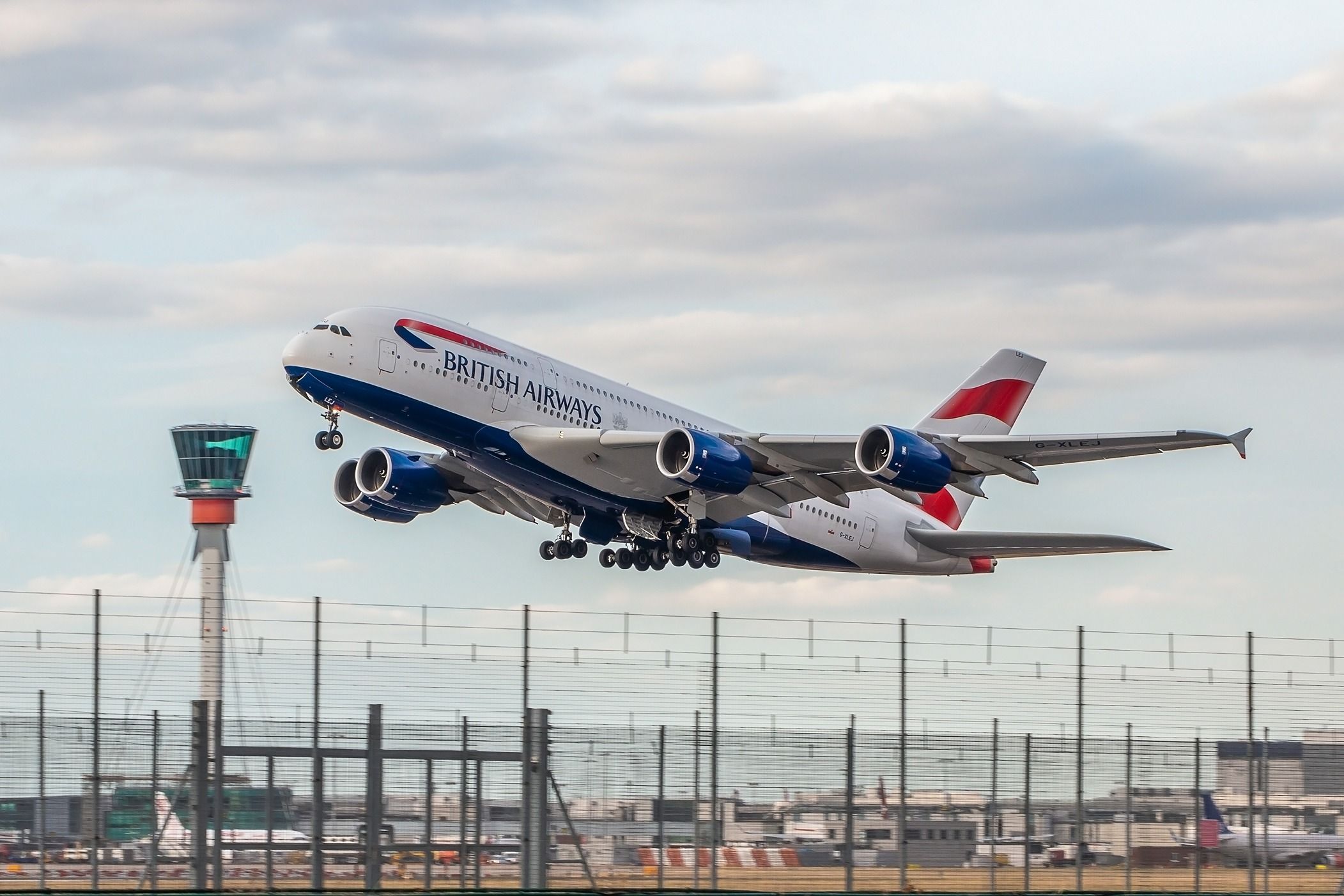
Related
UK Government Announces £53 Million Funding Boost In Sustainable Aviation Fuel Drive
The UK government is investing further cash in the country’s SAF industry.
IATA Director General Willie Walsh said the interest in SAF is growing, and there is plenty of potential, but the concrete plans seen to date are far from sufficient.
“Governments have set clear expectations for aviation to achieve a 5% CO2 emissions reduction through SAF by 2030 and to be net zero carbon emissions by 2050. They now need to implement policies to ensure that airlines can actually purchase SAF in the required quantities.”
Walsh believes incentives to build more renewable energy facilities, strengthen the feedstock chain and allocate more renewable output to aviation are needed to reach the targets. With the right policy settings, he is confident producing enough SAF to meet targets is possible, but no single policy or strategy will get the airline industry there.
Some IATA solutions
IATA outlined four possible strategies that would speed up the availability of SAF and enable aviation to meet its sustainability targets. These include diversifying feedstocks, co-processing at refineries, incentives to improve the output mix and incentives to boost investments in renewable fuel production.
Photo: ATR | Chunlaud Melody
Around 80% of SAF produced this decade is likely to come from hydrogenated fatty acids, such as used cooking oils and animal fats. To expand the potential for SAF production, IATA wants that to widen and be certified to cover sources such as agricultural and forestry residues and municipal waste.
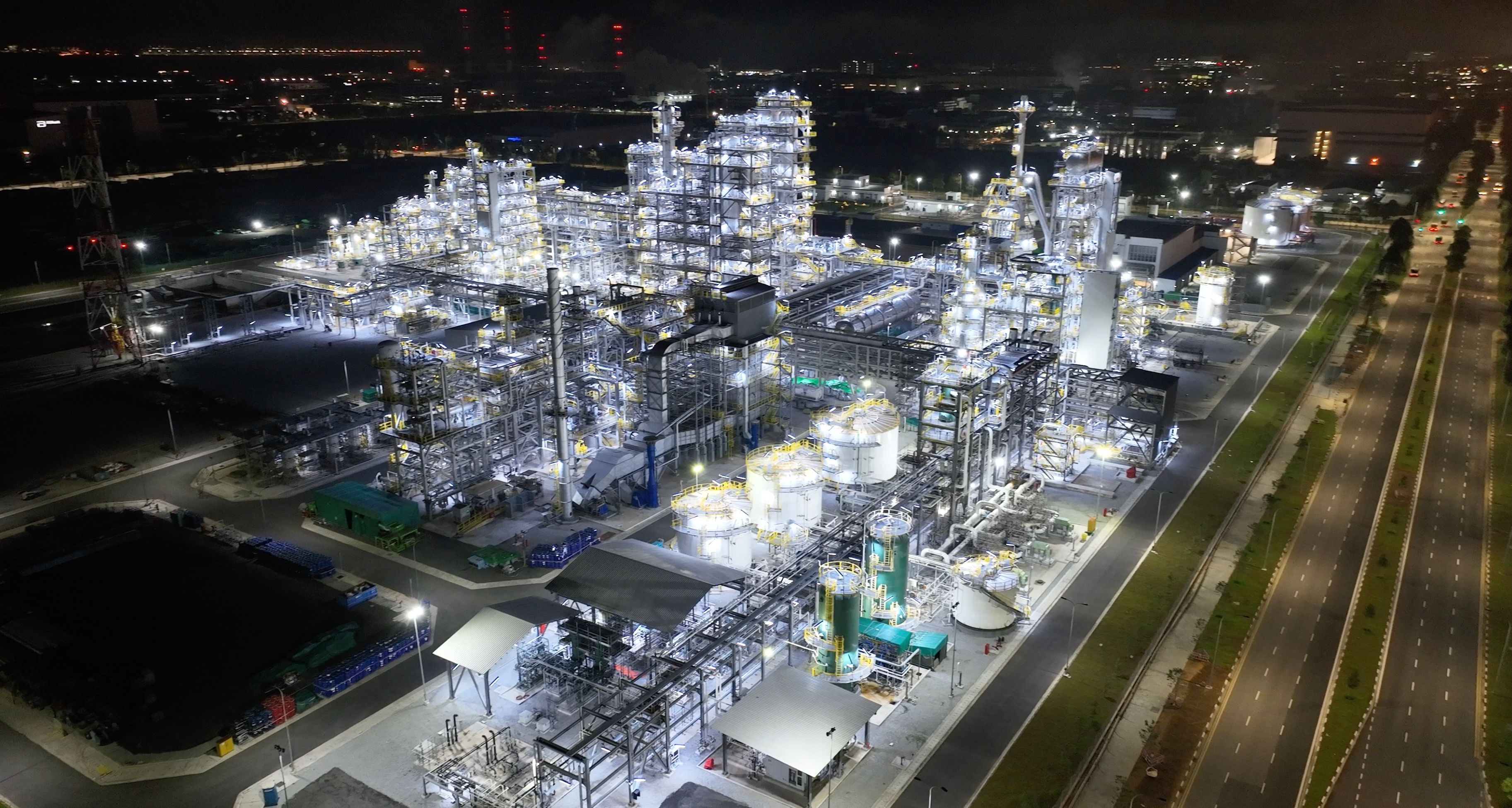
Related
Neste Opens Refinery And Builds SAF Supply Chain To Singapore Changi Airport
Neste’s Singapore refinery now has the capacity to produce one million tons of sustainable aviation fuel annually and get it delivered to airlines
IATA also said that existing refineries can be used to co-process up to 5% of approved renewable feedstocks alongside the crude oil streams. This could be implemented quickly to materially expand SAF production, although urgent policy changes are required to facilitate consistent life-cycle assessments.
The third IATA solution seems both logical and achievable in that it capitalizes on the transition from diesel-powered transport vehicles to electrification. As that transition quickens, policies need to be established to shift production toward the long-term air transport needs for SAF, which would require minimal modifications at existing stand-alone renewable fuel facilities.
What do you think of IATA’s suggestions for building SAF availability? Let us know in the comments.

